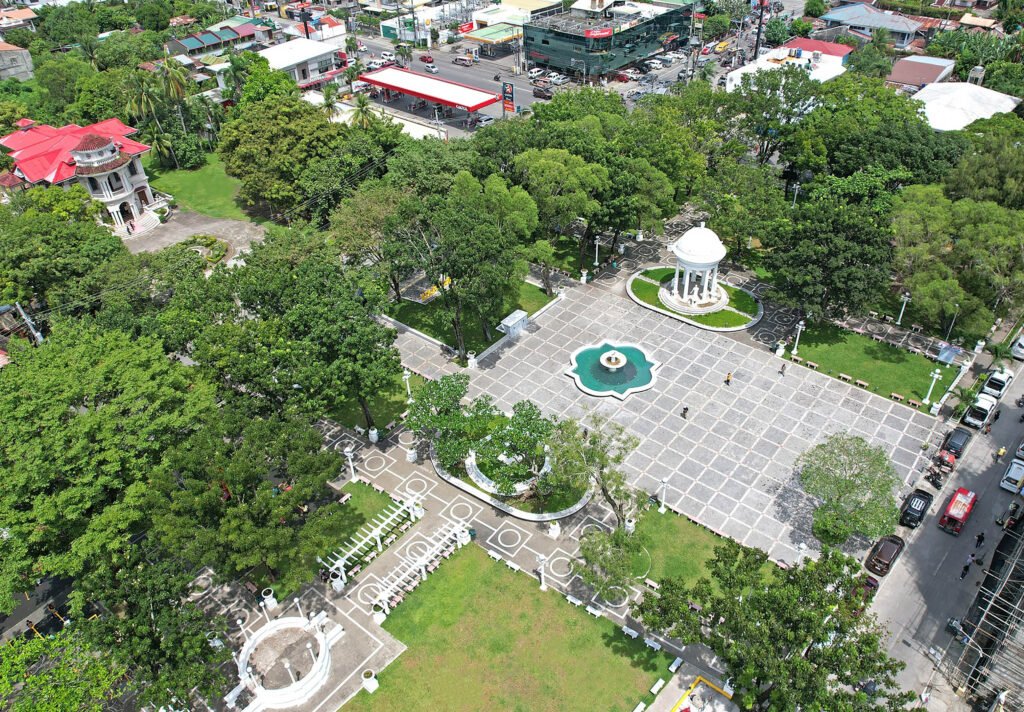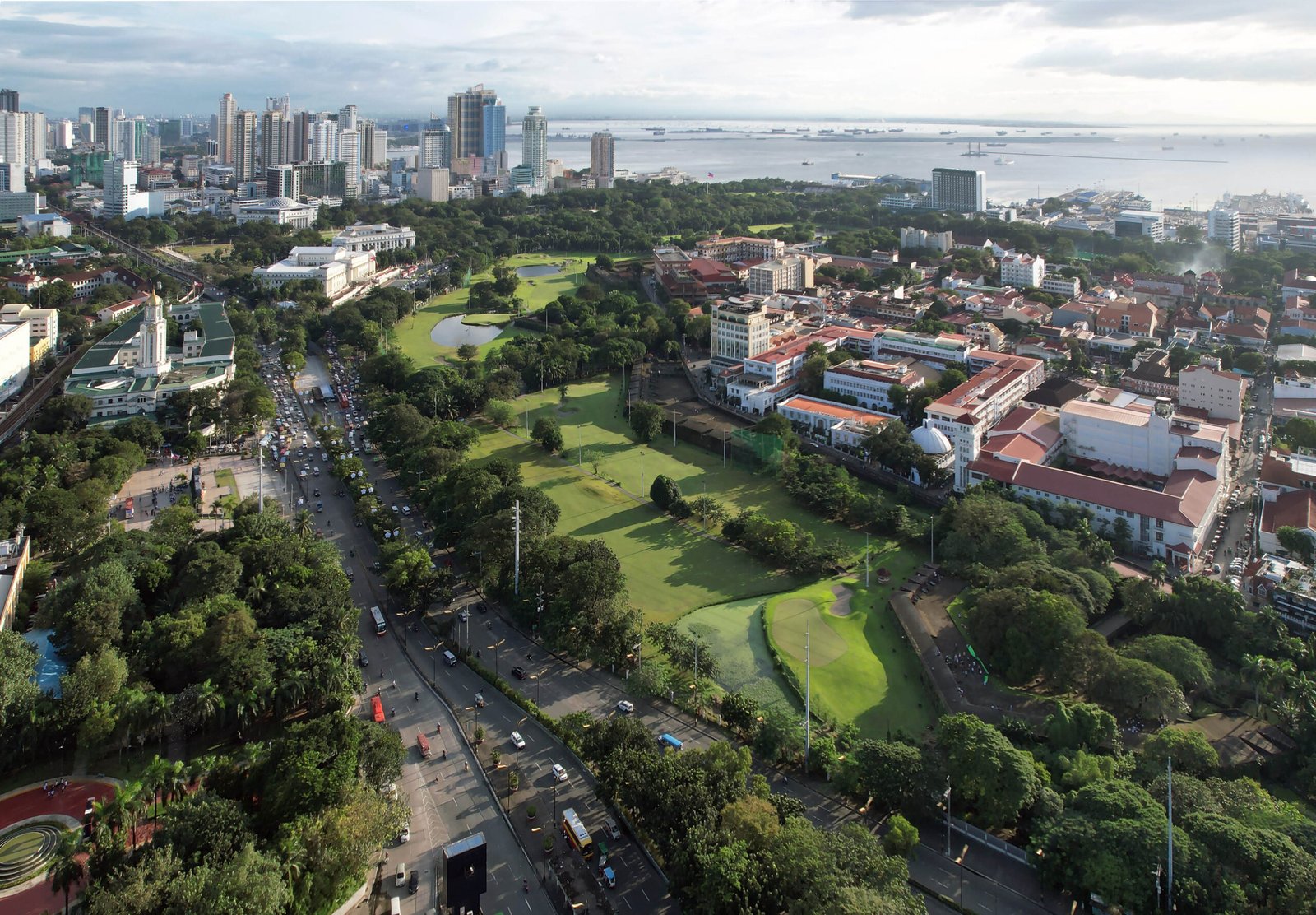Opinion Judith Torres
Images Paulo Alcazaren
The other day, Paulo Alcazaren posted an aerial shot of Intramuros Golf Course on Facebook and asked, “Wouldn’t it be great if all that green open space around Intramuros was enjoyed by thousands of asphalt and concrete-choked citizens each day, instead of just a few golfers? Don’t the people own all this life-giving greenery?”
Folks who agreed and disagreed spoke up.
Mr. David Nugent, a communications strategy professional, replied that the conversion Alcazaren spoke of has been a longstanding one, and the issue “all leaders” had with it was maintenance. They had “no confidence that if the golf course were converted to a public park that it would improve the quality of life in the capital.”
Mr. Nugent continued: “There is all evidence to the contrary: the premier urban space (Rizal Park) in the entire Philippines is barely kept up as it is.” He said a whole lot more. These comments from Nugent stood out:
“It is laughable to consider expanding public space when residents cannot respect the little that is still left.”
“It is absolute folly to suggest Manila needs more parks when it cannot properly conserve just one.”
“…Until there is a public who doesn’t want to trash it… leave it as is.”
And these from those who agree with Nugent:
“You open up the golf course to the public, you’re basically asking that it be trashed in a year or so.” “We should first prove that we deserve a decent park.”
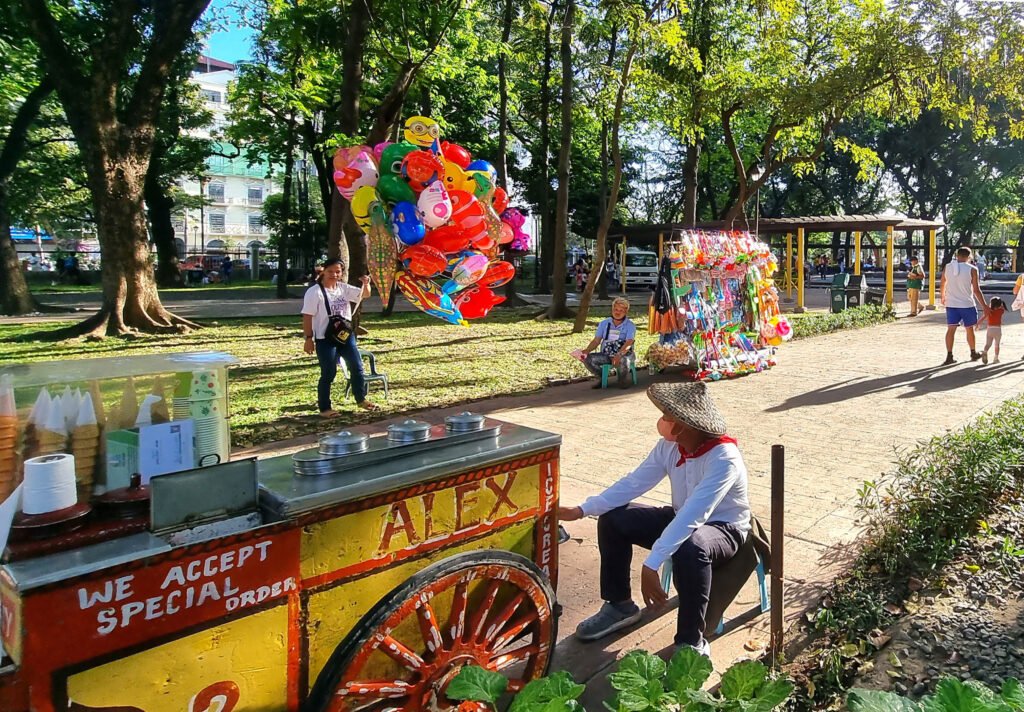

I acknowledge Nugent’s critiques concerning maintenance and management, which are indeed critical for the decent upkeep of Rizal Park and the idea of an Intramuros public park. These are valid discussions to have. However, such discussions are prematurely stifled when voices like Nugent’s dismiss the very proposal of more public green spaces as absolute folly. He says: “Ranting about more green space is the wrong way to go. Diving deep, confronting uncomfortable realities and developing thoughtful and sustainable solutions to confront them is key. Fix Rizal Park first.”
I contend the opposite: To even begin addressing the crucial aspects of maintenance and confront our cities’ “uncomfortable realities,” we must first agree that creating these green public spaces is not just worthwhile but essential.
If you find yourself nodding along with those who scoff at the call for more green spaces, given the shameful state of places like Rizal Park pause and consider this tale:
Fourteen years ago, Senator Frank Drilon initiated the push to rehabilitate the river in his beloved hometown of Iloilo City. Months of dredging and cleaning of the surrounds had successfully rid Iloilo River of its filth and stench. But Drilon was far from content. Aware of Paulo Alcazaren’s work on Singapore’s river, public parks, and commercial centers, Drilon approached the urban designer and landscape architect and asked him to envision a plan for Iloilo River.
Alcazaren captivated the senator with a compelling vision, detailing how they could revitalize the river to enhance its beauty and the city’s charm, while conferring lasting benefits to its citizens. He argued against the city’s original plan to build a road along the newly dredged river and suggested instead a public promenade and a tree-lined, landscaped linear park—a space for people, not cars!
Alcazaren painted a vista of city folk, young and old, enjoying leisure activities there, like walking, skateboarding, and biking. They could sit on view decks with benches and relish the sunset. He’d design the project and City Hall could circulate the designs for public feedback.
Now, what if the senator’s advisers objected and said, “That’s laughable! Pinoys don’t respect public space, they do not comprehend why one should care for a park… Look at how people throw garbage into the river, and piss and crap all over the riverbanks. Just get rid of the informal settlers, clean up the river, and build walls to keep the settlers and other people out. And until there is a public who doesn’t want to trash it, we leave it as is.”
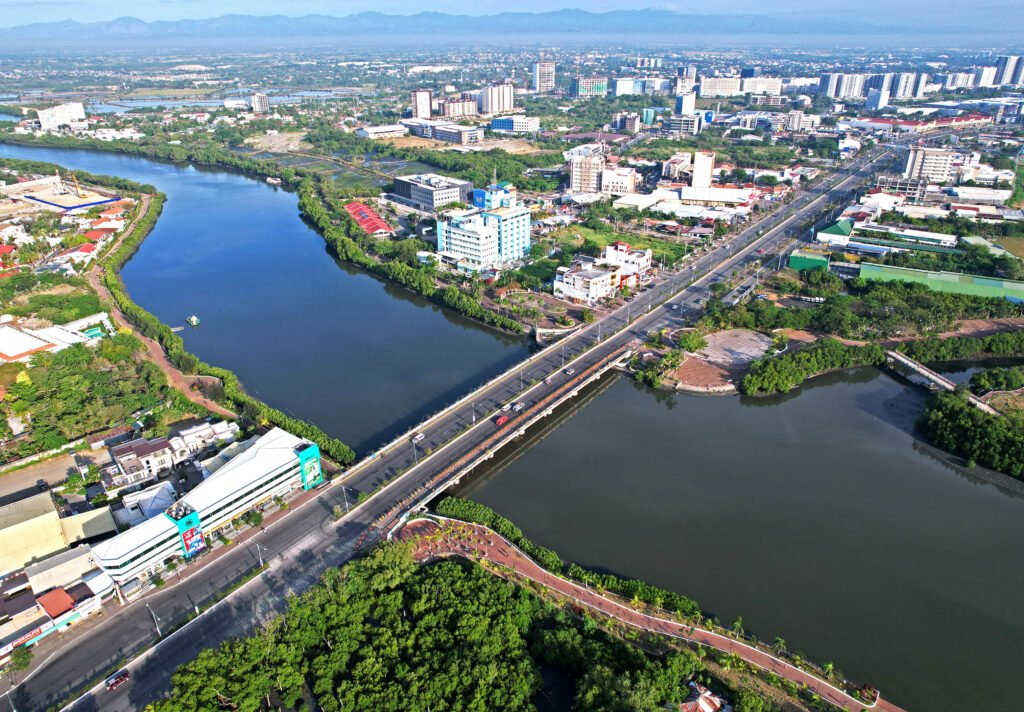

If anyone had advised Senator Drilon this way, he didn’t listen. He did the laughable thing. He asked Alcazaren how the city could make the project actually work. What strategies other parks had used to ensure the project would be financially sustainable in the long term. He asked Alcazaren to present his vision to (then) Mayor Jed Mabilog, Congressman Jerry Treñas, and the Iloilo River Development Council, a multi-stakeholder group that included local NGOs, business leaders, and community members.
When the Iloilo Esplanade opened 2012, it was just over a kilometer long. By 2020, three additional phases expanded the park to nine kilometers. Amazingly, the latter expansion work took place after Mabilog left office. Jerry Treñas, as incumbent mayor, continued to support the project, demonstrating the power of sustained commitment of local leadership to the significant urban development initiative. To readers who don’t know how it is in Philippine politics, many of our politicians prefer to start their own hare-brained projects than continue successful ones of their predecessors.
The public’s response to the Esplanade project was overwhelmingly positive. It became a model for sustainable urban development, influencing infrastructure planning throughout the city (Alcazaren proposed yet another radical transformation to Drilon, this time, to the main highway leading to Iloilo airport, which he shares below), and fostering a sense of ownership and pride among the locals. This transformation, particularly in the Philippine political context stained by corruption, institutional inertia, and skepticism, showcases how committed leadership and community engagement can successfully create meaningful and lasting urban improvements.
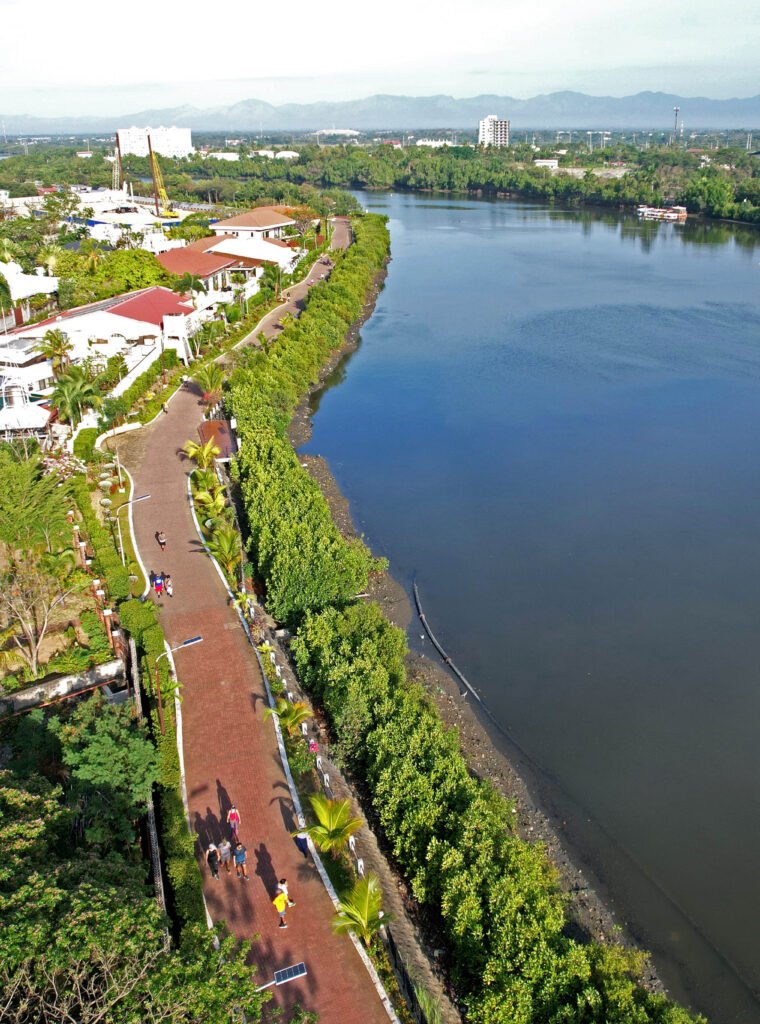

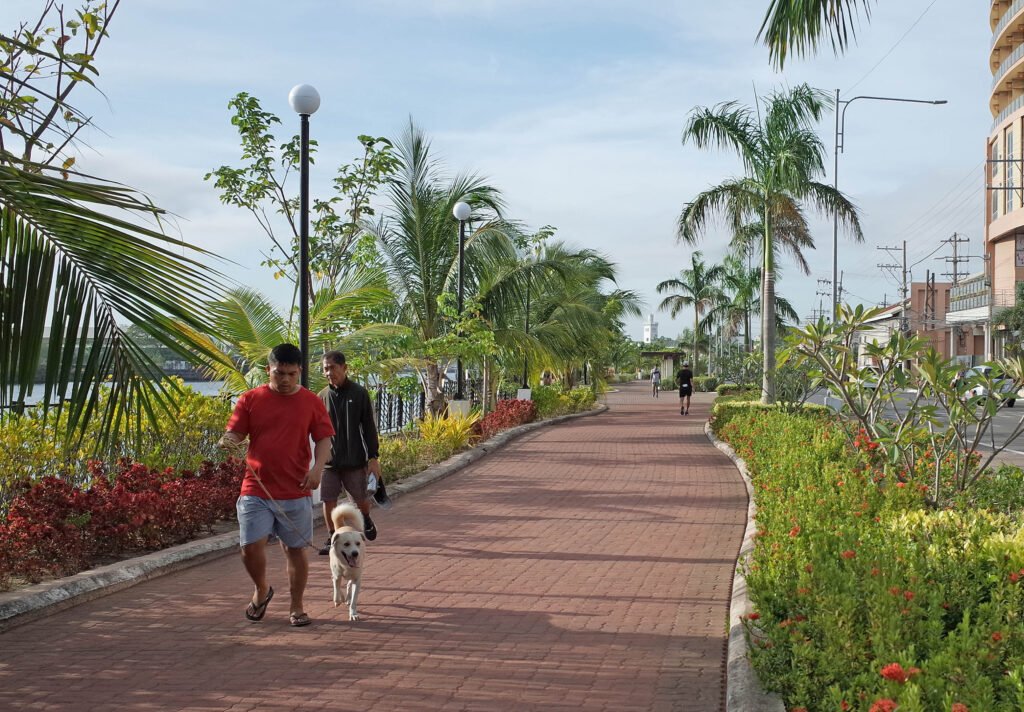
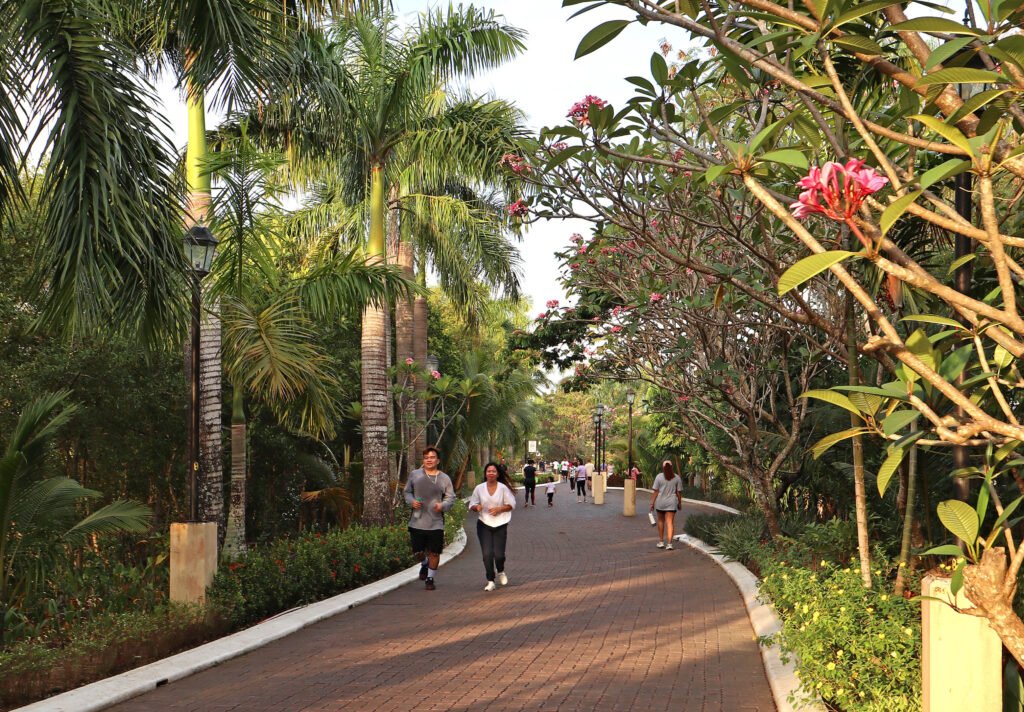
Truth be known, and he might kill me for saying this, the Iloilo Esplanade isn’t even half as great as the original plan Alcazaren had envisioned for the river, the city, and its people. Compromises had to be made for financial, logistical, and manpower constraints.
Does this mean Alcazaren and other planners shouldn’t bother the next time they envision something great for the city and its people because their ideas are too grandiose? Should we tell them they are foolish because their best plans will not be realized?
Should we tell leaders who want to do something good for their people that the people DO NOT DESERVE IT? That people must first prove they are worthy of fresh air, trees, and open green spaces before these are given to them?
I say no. That’s a defeatist trap.
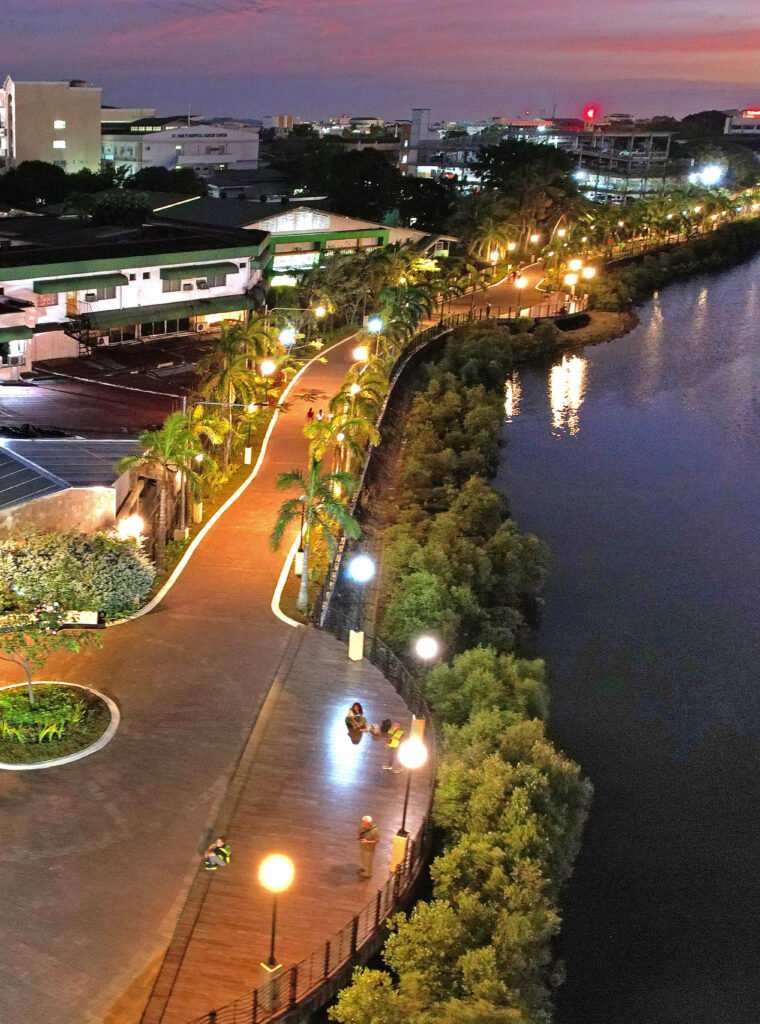

It’s easy to criticize the upkeep of public spaces like Rizal Park and pre-emptively doubt the maintenance of new ones. But maintenance is not just a responsibility—it’s an opportunity to engage communities, to educate, and to cultivate a sense of collective stewardship. This is where committed leadership, continuous public involvement, and effective management strategies come into play.
If we wait for a so-called ‘worthy’ public before we build the parks and city they deserve, we’ll be waiting forever. It’s by building and maintaining spaces like the Esplanade that we foster a sense of pride and care in the community.
People! Let’s not be deterred by past disappointments. Instead, let’s push for progress, knowing that the path to a better urban environment is built on visionary planning and robust community engagement—not on resignation to the lowest common denominator. •
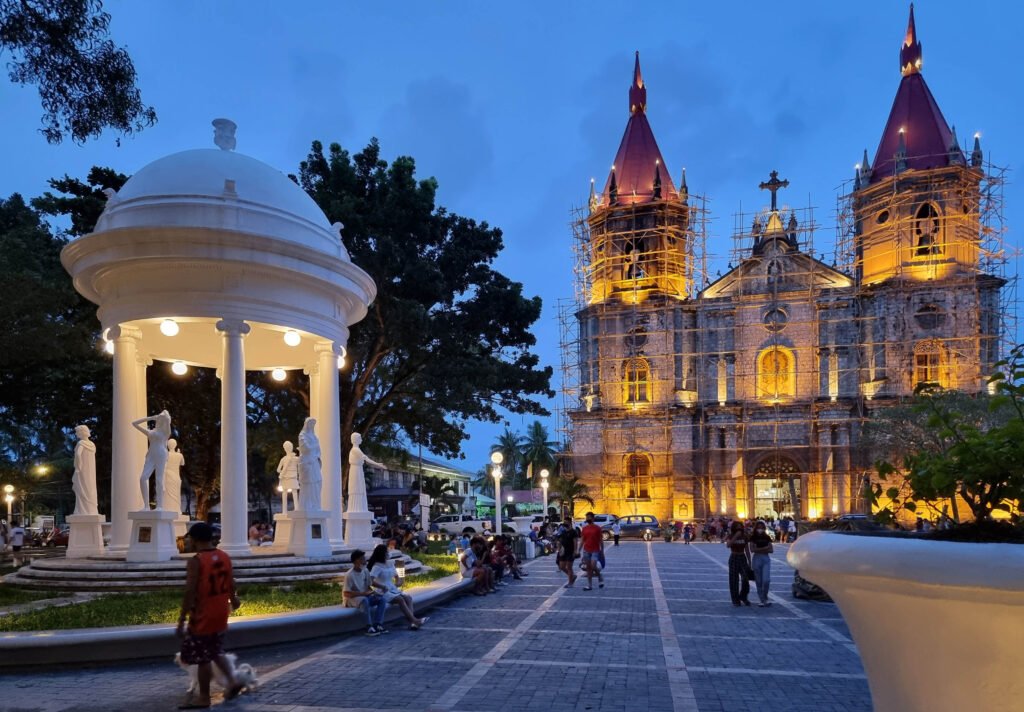

Paulo Alcazaren’s account:
Drilon had heard of the work I did for the Singapore River and public parks in that country, so he asked me to paint a vision for the Iloilo River and present it to him, Congressman Treñas, Mayor Jed, and the city, as well as the council. We made several presentations to various groups and the council, and a scheme was developed based on our recommendations.
The detailed design was completed in three months and the first phase of 1.2 kilometers between Diversion Bridge and Carpenter’s Bridge was completed in six months at the cost of under 70 million pesos. The funds were sourced from the senator’s PDAF funds and coursed through Iloilo City. Mayor Jed administered the project (he had additional inputs) through the DPWH, which built the esplanade.
The city has now completed nine phases, with a few more in the pipeline. The main work is still done by DPWH but additional improvements were done by the city through their City Architect’s and Engineer’s offices. We are still consultants at large but after the third phase, the local plantilla had learned enough to continue the project based on our master plan and details established in the first few phases.
Local civic groups have also contributed to the esplanade development, with artwork (local artists painted bike racks), more mangrove planting (they started to come back when the river was cleaned and informal settlers relocated).
The success of the esplanade led to the next project of the reconfiguration of Aquino Avenue (the main highway connecting the city with the airport). I managed to convince Senator Drilon that we should recover 40% of the road and re-design it as a parkway for pedestrians and bicyclists; essentially continuing the ‘linear park’ concept started with the esplanade. He strongarmed the DPWH into accepting this radical proposal. The first phase (from the river to SM) was designed and completed in about a year and completed by 2015. The parkway is now over five kilometers long heading to the airport.
Illongos love the esplanade and parkway. This is because both are designed within easy access of actual communities beside the length of both (though other’s drive, bike or commute to them from other districts of the city). The esplanade, in fact links a good number of landmarks and nodes of the city, ie, Molo Plaza, Smallville (hotel district), the Iloilo university belt, the provincial capitol, the historic customs house, city hall, the old downtown (with its heritage buildings), Plaza Libertad, and eventually the harbor and Fort San Pedro. The esplanade functions like Boston’s Emerald Necklace stringing all these gems of heritage together.
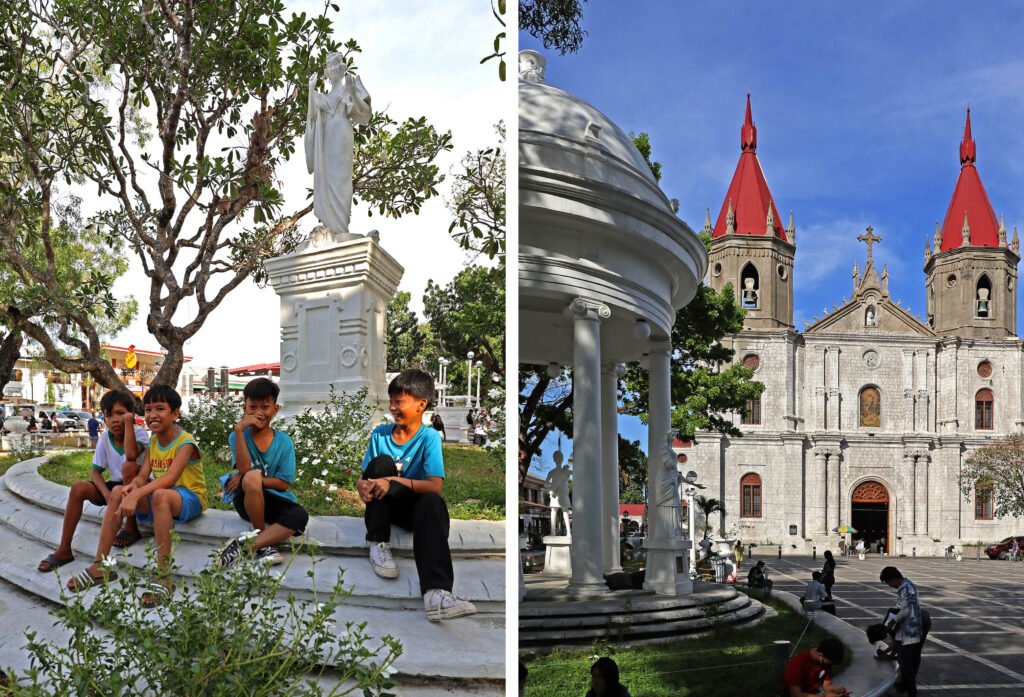

Rizal Park is relatively well maintained compared to most of the parks and plazas around the country which I’ve documented (now over 200). The National Parks Development Committee’s (NPDC) maintenance budget is smaller than it was in Doroy Valencia’s time in the late 1960s to 1970s, which was the heyday of the park. The maintenance plantilla is about half what it was. The park relies on its annual budget set by DOT (which it is under) and it relies on additional funding from TIEZA (for improvement projects. Doroy used to be able to fundraise every year from the public and civic groups). The NPDC needs to be upgraded to an authority (NPDA) for it to improve budget and staffing. The proposed new authority would also help LGUs and provinces nationwide train park maintenance staff, park supervisors and administrators (specialties, which in other countries require college or technical degrees and some licensing).
The success of parks in other countries are the presence of Parks departments (Singapore, KL, Tokyo, New York). Singapore’s NParks is funded to cover its S$420M annual operating/maintenance budget. New York’s Central Park is maintained with the help of the Central Park Conservancy (CPC), a non-profit civic organization that helps run the park with donations and volunteer manpower (the NYC Parks Dept still has oversight and mans the main admin and staffing posts). The CPC allows donations to be put directly for park use versus the long process donations to NYC entails before money reaches the park. Rizal Park has the same problems and could use the same solution. •
